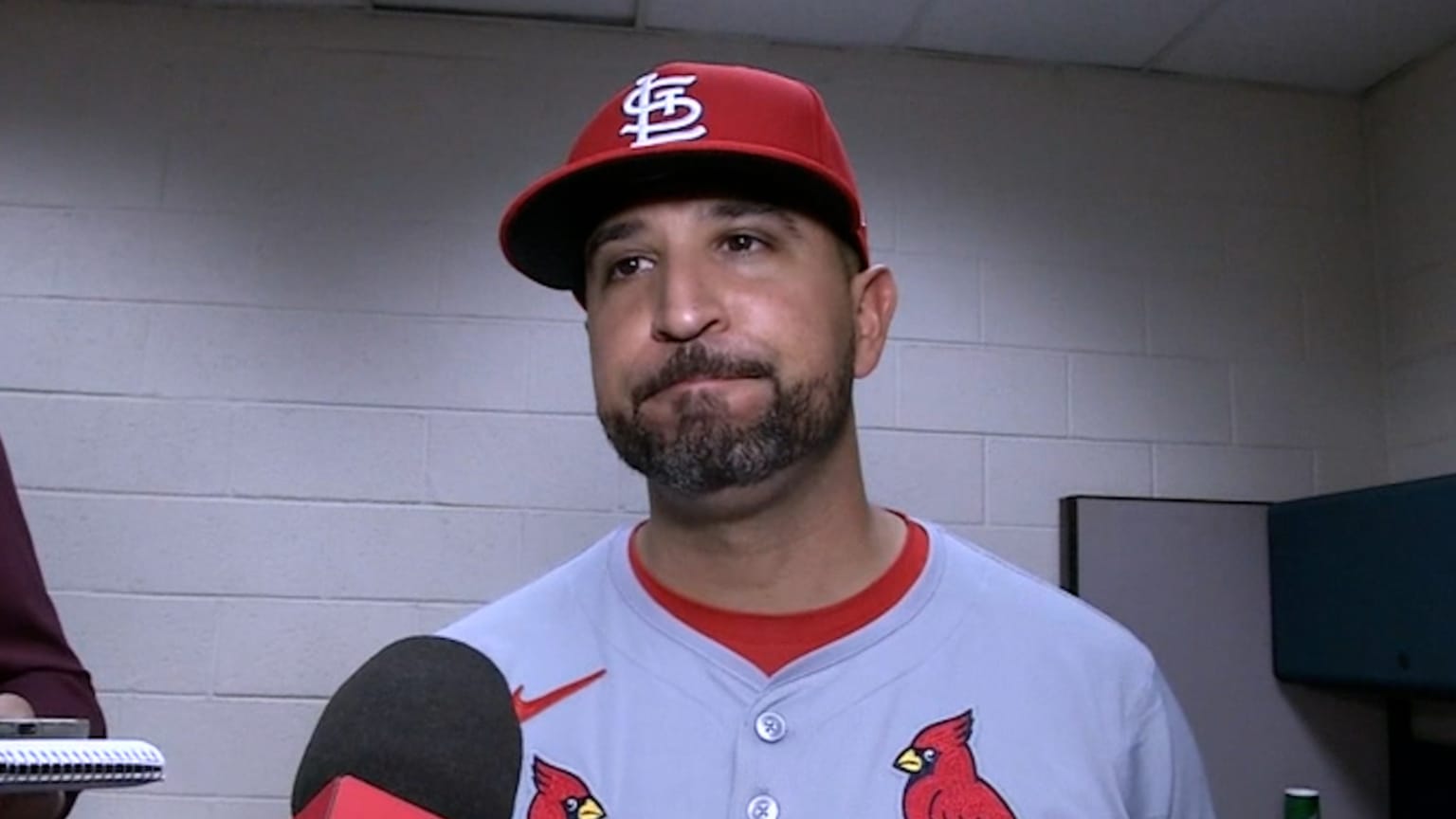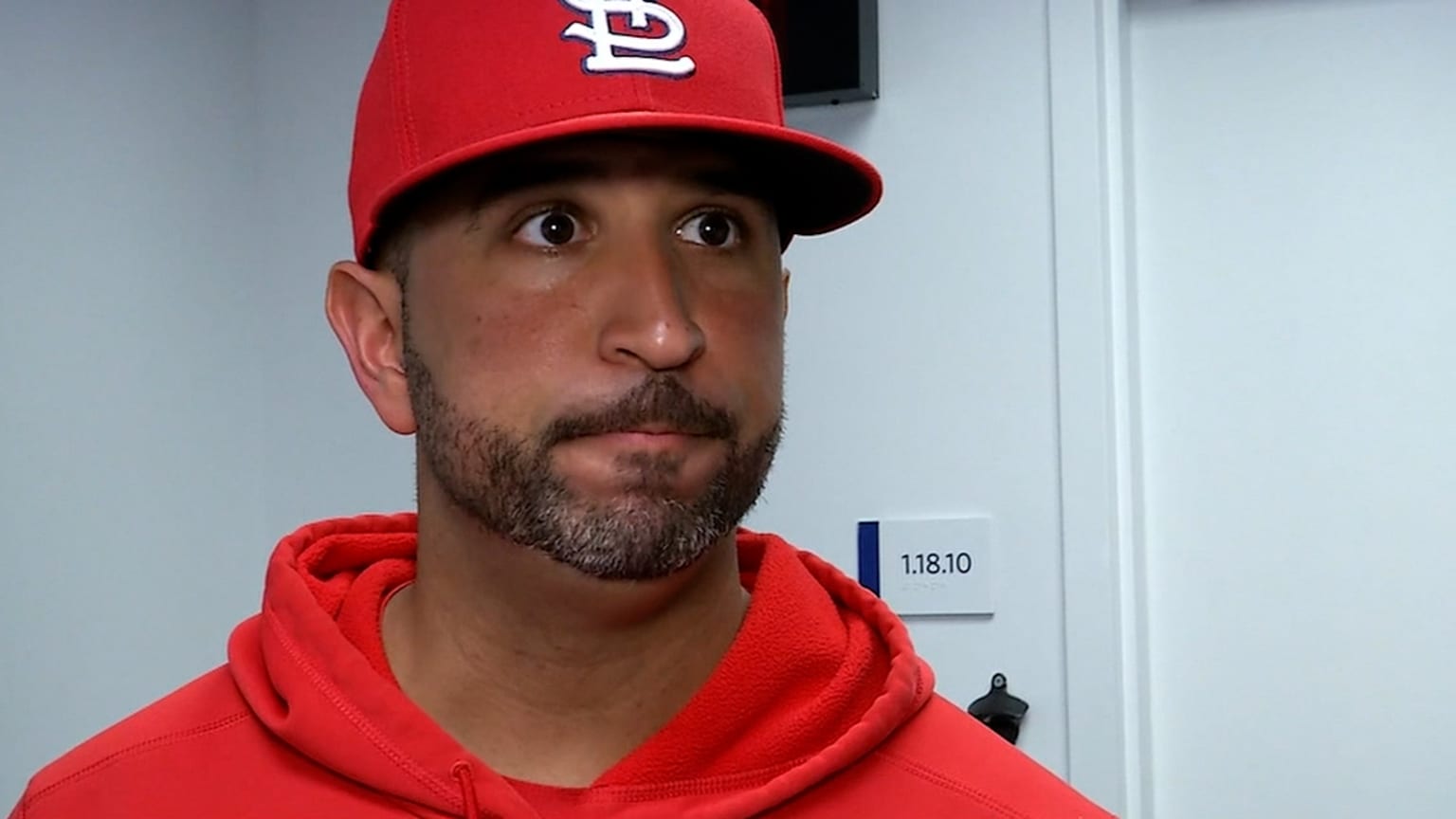
Navigating Professional Disputes: The Case of a Manager and Team Dynamics
Professional disputes in the workplace are a common challenge faced by managers and team members alike. These conflicts can arise from various sources, including differences in work styles, communication breakdowns, and clashes of personality or values. Effective management of these disputes is crucial for maintaining productivity, morale, and a positive work environment. This article explores a case study involving a manager and their team to illustrate strategies for navigating professional disputes and enhancing team dynamics.
### Case Study: The Manager and Team Dynamics
**Background**
In a mid-sized marketing firm, Emily, a team manager, was tasked with leading a group of eight employees responsible for developing and executing marketing campaigns. Despite a strong start, the team began experiencing significant internal conflicts, leading to decreased productivity and morale. The primary issues centered around conflicting work styles between Emily and her team members, as well as interpersonal tensions within the group.
**Conflict Triggers**
1. **Work Style Differences:** Emily preferred a highly structured approach to project management, with clear deadlines and detailed plans. However, several team members favored a more flexible, creative process, leading to friction over project execution.
2. **Communication Breakdown:** Emily’s communication style was assertive and direct, which some team members found intimidating. In contrast, a few team members preferred a more collaborative and less hierarchical communication style, leading to misunderstandings and frustration.
3. **Role Ambiguity:** There was confusion about individual roles and responsibilities within the team, resulting in overlap of duties and conflicts over who should take the lead on specific tasks.
4. **Personality Clashes:** Differences in personality and work preferences led to interpersonal conflicts, with some team members feeling that Emily was unapproachable and others feeling sidelined in decision-making processes.
**Strategies for Resolution**
To address these issues and restore a productive work environment, a multi-faceted approach was implemented:
1. **Open Dialogue and Active Listening:** The first step was to facilitate open dialogue between Emily and her team. Regular one-on-one meetings were established to provide a platform for team members to voice their concerns and feedback. Emily committed to actively listening and understanding the perspectives of her team members. This approach helped to identify underlying issues and began to rebuild trust.
2. **Adjusting Leadership Style:** Recognizing the need for flexibility, Emily adapted her leadership style to accommodate the diverse needs of her team. While she maintained structure where necessary, she also allowed for creative freedom and input from team members. This adjustment helped to balance the need for organization with the team’s desire for flexibility.
3. **Clarifying Roles and Responsibilities:** To address role ambiguity, Emily and the team worked together to clearly define each member’s responsibilities and expectations. This involved creating a detailed project plan that outlined individual roles, deadlines, and deliverables. By setting clear boundaries and expectations, the team could work more efficiently and reduce conflicts over task ownership.
4. **Enhancing Communication:** Emily implemented strategies to improve communication within the team. This included regular team meetings where everyone had the opportunity to contribute ideas and provide updates. Additionally, Emily adjusted her communication style to be more inclusive and less intimidating, fostering a more collaborative environment.
5. **Conflict Resolution Training:** Emily and her team participated in conflict resolution training to develop skills for managing disputes constructively. This training emphasized techniques such as empathy, negotiation, and problem-solving. By equipping team members with these skills, they were better prepared to handle conflicts when they arose.
6. **Team-Building Activities:** To address interpersonal conflicts and improve team cohesion, Emily organized team-building activities designed to strengthen relationships and foster a positive work culture. These activities provided opportunities for team members to collaborate in a non-work context and build trust and camaraderie.
7. **Regular Feedback and Adjustments:** Emily established a system for regular feedback and continuous improvement. This included periodic surveys and feedback sessions to gauge team satisfaction and address any emerging issues promptly. By being responsive to feedback, Emily was able to make ongoing adjustments to improve team dynamics.
**Outcomes**
Implementing these strategies led to several positive outcomes:
1. **Improved Team Dynamics:** With clearer roles, enhanced communication, and a more adaptable leadership style, the team began to work more harmoniously. Conflicts decreased, and collaboration improved.
2. **Increased Productivity:** As the team’s conflicts were resolved and roles were clarified, productivity levels increased. Team members were more focused on their tasks and felt more motivated to contribute to the team’s success.
3. **Enhanced Morale:** The efforts to address interpersonal conflicts and provide a more inclusive work environment resulted in higher morale. Team members felt more valued and respected, leading to greater job satisfaction.
4. **Strengthened Leadership:** Emily’s ability to adapt her leadership style and effectively manage conflicts enhanced her credibility as a leader. Her willingness to listen and make adjustments demonstrated her commitment to the team’s success.
**Conclusion**
Navigating professional disputes requires a thoughtful and strategic approach, particularly when managing a team with diverse personalities and work styles. The case of Emily and her team illustrates the importance of open communication, flexible leadership, role clarity, and conflict resolution skills in resolving conflicts and improving team dynamics. By addressing the root causes of disputes and implementing targeted strategies, managers can foster a more productive and positive work environment. In doing so, they not only resolve current conflicts but also build a foundation for long-term success and collaboration within their teams.



Be the first to comment